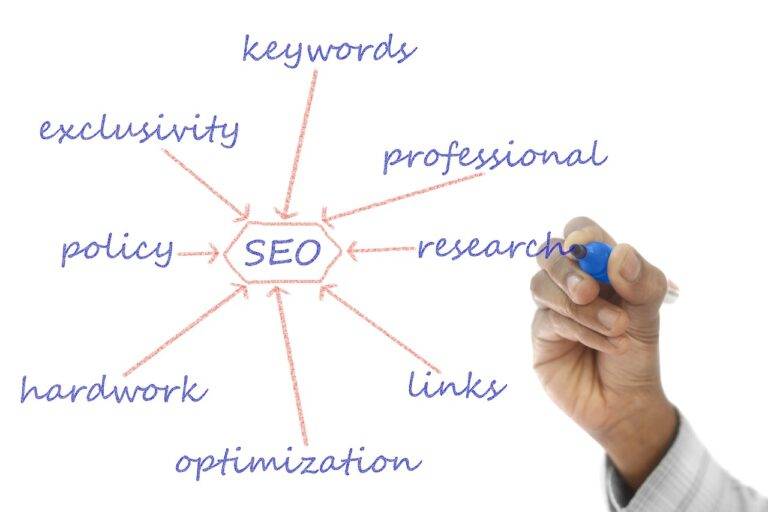Trends in Remote Learning Platforms: Adaptive Technologies and Personalized Learning
As the landscape of education continues to shift towards remote learning, the evolution of learning platforms has been nothing short of remarkable. From basic online portals to sophisticated interactive platforms, the advancements in technology have greatly enhanced the remote learning experience for students and educators alike. These platforms now offer a wide range of features such as live video lectures, virtual classrooms, interactive whiteboards, and instant messaging for seamless communication.
The integration of various multimedia elements, including videos, animations, and simulations, has revolutionized the way content is delivered in remote learning platforms. This shift towards a more interactive and engaging learning environment has proven to be highly effective in keeping students motivated and focused on their studies. Additionally, the ability to track student progress and provide personalized feedback has allowed educators to tailor their teaching methods to meet the individual needs of each student, ultimately leading to improved learning outcomes.
Benefits of Adaptive Technologies in Remote Learning
Adaptive technologies have revolutionized remote learning by personalizing the educational experience for each student. These technologies use data-driven insights to tailor instruction, pacing, and content based on the individual learning needs of students, thereby ensuring that they receive the support and resources required for their academic success.
By providing real-time feedback and assessment, adaptive technologies empower educators to monitor student progress more effectively and intervene promptly when necessary. Through adaptive learning platforms, teachers can identify gaps in understanding, track student achievements, and deliver targeted interventions, ultimately optimizing the learning experience and facilitating greater academic outcomes for all learners.
What are some benefits of using adaptive technologies in remote learning?
Adaptive technologies can personalize learning experiences, provide real-time feedback, and help students stay engaged and motivated.
How can adaptive technologies help with student retention in remote learning?
By catering to each student’s individual learning needs, adaptive technologies can help improve student retention rates and academic performance.
Are there any drawbacks to using adaptive technologies in remote learning?
Some potential drawbacks include the need for proper training and support for teachers and the possibility of technology glitches disrupting the learning process.
How can educators integrate adaptive technologies into their remote teaching practices?
Educators can start by exploring different adaptive technology tools and platforms, attending training sessions, and gradually incorporating them into their lesson plans.
Will adaptive technologies replace traditional teaching methods in remote learning?
Adaptive technologies are meant to complement, not replace, traditional teaching methods. They can enhance the learning experience and provide additional support for students.





